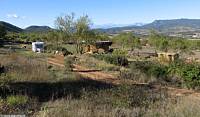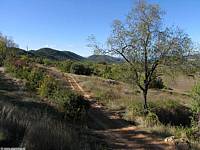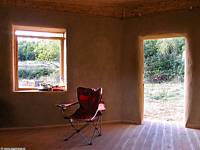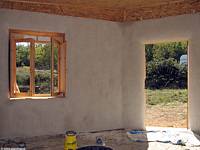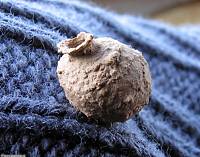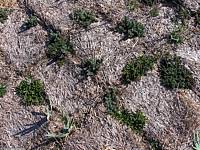|
|
Nature
Switched On
|
|
|
introduction |
2009 October 3 to 16 In construction work things usually
go two or three times more slowly than planned, but sometimes they
accelerate unexpectedly and everything seems to come together and
happen at the same time. At the moment we are working on the water
service pipes, solar electricity and the final plastering and
painting of the interior walls of |
|
|
Fortunately the track follows mostly an existing path,
minimizing the damage to our 'botanical garden'. 11 Oct 16:21 |
||
|
After applying the final plastering
a
week ago, I started painting the interior walls with lime wash,
with the same lime used for the mortar of the stone foundation
(Hydraulic lime NHL5). It seems that 3 layers will suffice.
Sufficient drying between layers (one night) and some water spraying
on the anterior layer before application of another layer seems
contradictory but is highly recommended. |
||
| The
finishing plaster layer applied. Being only an amateur, the surface
of the walls is reasonably flat. 14 Oct 9:57 |
The second layer of lime wash
just applied. Another one will be the finishing touch. 16 Oct 14:15 |
|
|
Yet another example of wildlife shelters:
|
||
| A clay
urn, about 1 cm long, stuck on my jersey. 2 Oct 19:24 |
These urns were stuck on some concrete blocks and were partly
broken, showing some embryonal caterpillars. |
|
|
After what seems the definite end of the long hot summer, I climbed another time on the green roof to observe the condition of the roof vegetation. Especially the different Sedum species and Sempervivum tectorum were in very good condition. The straw flakes are probably doing an excellent job in maintaining humidity, taking into account that no watering was applied at all. Nevertheless I am considering to take them away now. In winter, humidity is usually no limiting factor; more important are the considerations about fire hazards: when burning wood in the wood stove sparks might hit the straw and start a fire. |
||
|
Sedum acre, Sedum sediforme, Sedum
album and Iris germanica between straw flakes
on the roof. 15 Oct 15:36 |
||
|
introduction
|
|
